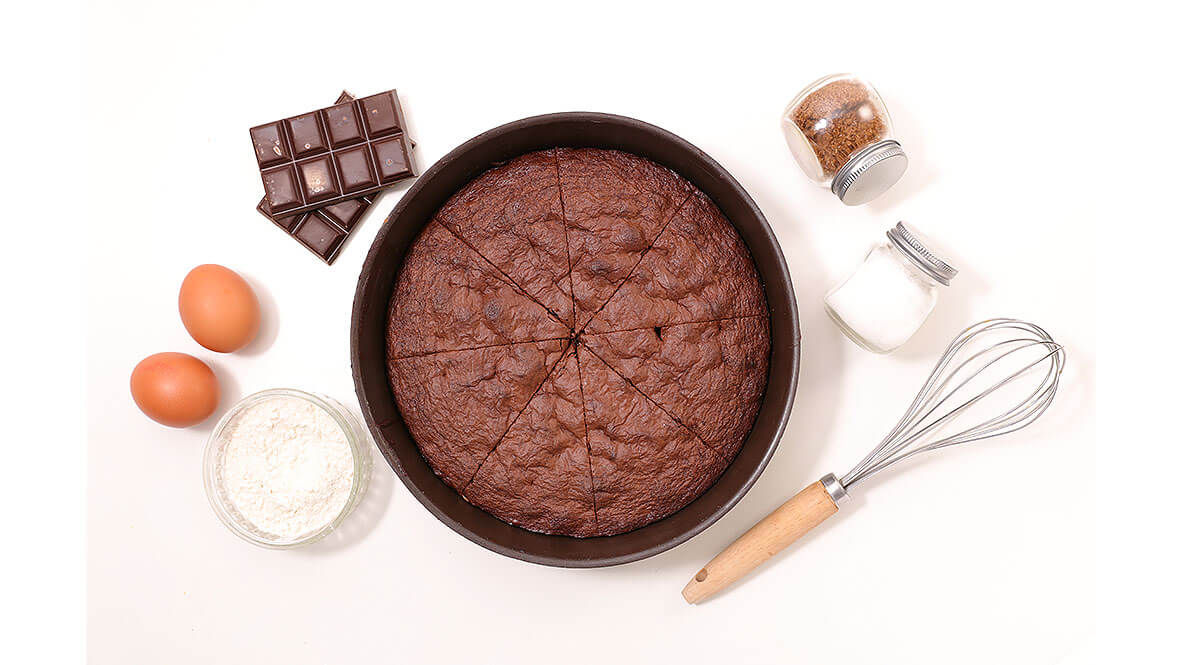Intraocular lens materials have stagnated, with only a handful dominating the market. Prof. Gerd Auffarth thinks it’s time for something new, and he sat down with us to explain why crosslinked polyisobutylene might be the next big thing.
The next potential revolution in IOL materials technology might have started with a whisper. At the 12th International Conference on Medical Device Supervision and Administration on 24th September 2021, Xi’an Eyedeal Medical Technology (China) debuted Eyedeal®, a novel intraocular lens (IOL) made from crosslinked polyisobutylene (xPIB).
Like many technologies out of China, the ophthalmic community wasn’t sure what to make of it. But as time has passed, xPIB has started to garner significant attention within the ophthalmology community, and some of its biggest names are starting to speak out.
Among these is Prof. Dr. med. Gerd U. Auffarth, one of the world’s foremost experts in intraocular lens (IOL) research and the principal investigator of the Eyedeal approval studies in Germany. Finally free to speak freely about this exciting new material, we sat down with Prof. Auffarth to get the inside scoop on the promise of xPIB and its potential to unlock a new era in IOL performance.
Beyond acrylic
Despite being hailed as the breakthrough new kid on the block in IOL materials, xPIB is no stranger to the medical world. “This material has been used for 15 to 20 years in cardiology as stents in vascular surgery,” Prof. Auffarth explained. “It fits very well in the human body with no adverse events in terms of material properties.”
This existing body of evidence on the material has the potential to bring it to market faster. But this is only part of the allure of xPIB’s transition to the IOL world. Unlike traditional acrylic lenses, xPIB boasts distinct features that enhance its performance and adaptability.
“Eyedeal is not based on acrylic material. It is made of a different type of material, which has some interesting features in terms of optical properties and how the material handles,” asserted Prof. Auffarth.
When comparing IOL materials, visual quality properties such as refractive index and Abbe number are important considerations, according to Prof. Auffarth. The refractive index measures light bending, while the Abbe number assesses chromatic dispersion. A material with both a high refractive index and a high Abbe number has a low refractive index dispersion, making it ideal for IOLs. And this is where the real excitement around xPIB starts.
“The refractive index is rather high at 1.515, as well as the Abbe number at 50. This gives a low modulus and high elasticity,” Prof. Auffarth said.
Crosslinked polyisobutylene’s high elasticity is another cause for hype. With the ability to be elongated greater than 250% without damage, this allows for easier folding. “If the material is more flexible, you can make a smaller incision with a standard five or six-millimeter optic, or you can make a larger optic and get it into a standard incision,” noted Prof. Auffarth.
| Eyedeal (Xi’an) | Acrysof (Alcon) | TECNIS (J&J) | |
| Material | xPIB | Acrylic | Acrylic |
| Refractive index | 1.515 | 1.555 | 1.469 |
| Abbe number | 50 | 37 | 57 |
| Elongation | > 250% | 120 – 150% | 120 – 150% |
| Glistening (MV/mm2) | 7.46 ± 3.78 | 142.42 ± 72.47 | — |
| Surgical incision (mm) | ≤ 2.0 | 2.2 – 2.4 | ≥ 2.4 |
| Optical diameter (mm) | ≥ 6.5 | ≤ 6.0 | ≤ 6.0 |
IOL mavens don’t need to be told about the tantalizing possibilities this holds in terms of potential new optical designs, post-surgery recovery periods and more. But that’s not the end of xPIBs potential advantages.
Another critical factor is glistening, fluid-filled microvacuoles within the IOL post-implantation. Professor Auffarth and his team assessed Eyedeal lenses, finding the average glistening density extremely low, ensuring long-term clarity and stability.1
In his Lim Lecture at the 35th Asia-Pacific Association of Cataract and Refractive Surgeons Annual Meeting, Prof. Auffarth compared Eyedeal to competing lenses, where xPIB outshined other popular lenses displayed distinct advantages across Abbe number, elongation, refractive index, glistening, minimum surgical incision and maximum optical diameter compared to popular modern IOLs.
The possibilities boggle the mind, and this potential is hinted at in Prof. Auffarth’s recent paper. His team believes that xPIB’s exceptional optical properties and flexibility could potentially set a new standard in IOL performance. Effusive praise from some of the leading experts in modern IOL research indeed.1
The future looks bright
While Eyedeal is still awaiting approval in Europe, it’s expected to hit the market soon. “In Germany, we are carrying out the CE approval studies. There’s also another approval study underway in Lithuania. Once CE-marked, it may be available the following year,” predicted Prof. Auffarth.
China is ahead in this regard, with studies having started two years ago. “From a regulatory point of view, they should be at the point where they can use Eyedeal this year,” he added.
The versatility of xPIB extends beyond standard IOLs to premium lenses. Prof. Auffarth explained, “Any kind of normal optic and premium optics like trifocal technology can be applied to this material.” Crosslinked polyisobutylene’s unique properties could also open new avenues for optical designs previously not feasible with existing materials.
There’s a buzz of excitement in the industry and among medical professionals. “The interest in the industry is large. Colleagues are also asking for it,” Prof. Auffarth noted, highlighting the continuous search for improved materials in the ophthalmic field.
While xPIB holds great promise, Prof. Auffarth acknowledged the importance of rigorous testing and validation. “Of course, if the material is used at a higher level of numbers, issues may come up. But what we saw in the lab was all fine,” he said, underscoring the need for continuous evaluation when Eyedeal becomes widely adopted.
As the field of ophthalmology continues to innovate, the introduction of xPIB represents a significant leap forward. Its unique properties and proven medical track record make it a promising candidate for the next generation of IOLs. With ongoing studies and imminent approvals, xPIB could expand the possibilities for advanced lens designs and enhance the outcomes and experiences of patients worldwide.



